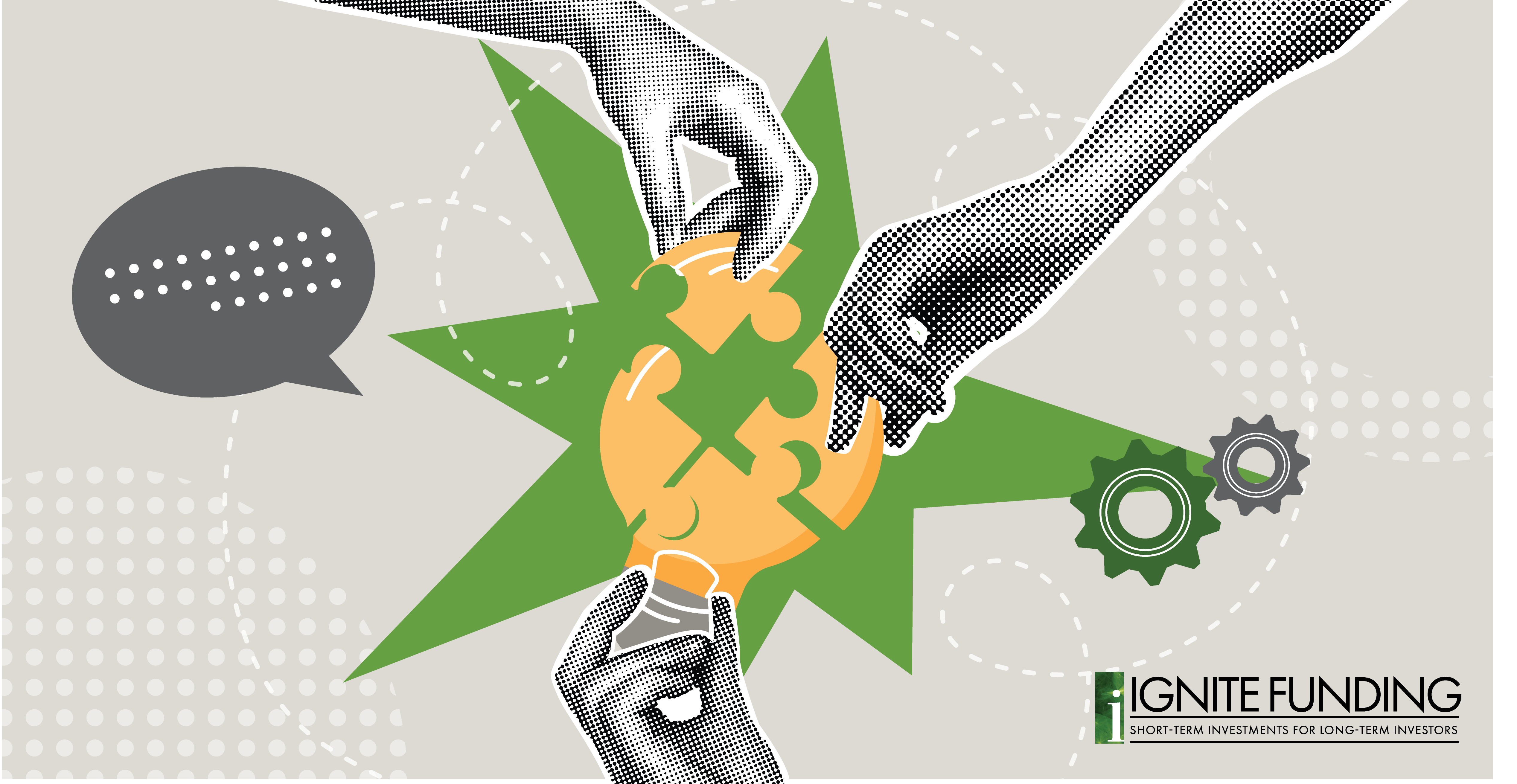The Basics of Real Estate Investment Loans
There are many avenues to invest in when looking to earn a return on your funds. When considering what to invest your funds into, many investors will typically start by deciding what their individual risk tolerances are, along with which asset classes to put funds into.

Understanding Asset Classes
Asset classes can be defined as a group of investments that share similar characteristics and are subject to similar constraints/regulations. Broadly, investments can be broken into different asset classes such as stocks, bonds, equity, debt, etc. Today’s topic of discussion, real estate investment loans, is within the debt asset class.
What Are Real Estate Investment Loans?
Real estate investment loans are considered debt, as there is a lender who is lending principal to a borrower in exchange for a predetermined rate of return. Typically, real estate investment loans do not have much, if any, runway for the lender to earn scalable returns for a more successful project. This lack of scale is one of the lucrative aspects for a potential borrower, as they will not be required to give up more of their profits should the project be successful.
How Real Estate Investment Loans Work
Real estate investment loans originate when a real estate borrower seeks financing for an investment project/property they are seeking to earn a return on. This borrower will first find a project they believe can be sold at a higher value than their cost. Typically, the borrower will seek projects they have expertise in, which allows for their business plan to consider more detail and have a higher chance of success.

Once the project is located, the borrower will then bring this business plan to a lender who will determine their willingness to financially back the project. If a loan is put in place in the form of a lien against the property, this is considered an investment loan. The lender is investing their funds through the borrower with a belief that their investment basis is at a value lower than the project’s worth, or that the borrower is financially sound enough to cover the difference. These sorts of investment property loans occur often and are a large source of capital for real estate developers/borrowers across the country and the world.
Debt vs. Equity Financing
While real estate investment loans are a large fraction of financing for real estate developers, there are still many other ways for developers to secure the funds needed for their projects. Another form of investment property financing comes in the form of equity. Equity is a different asset class than debt, as debt can provide you with a lien position on the property, along with a set rate of return for your funds. Equity is different, as it typically provides you with no lien priority over others involved with the project. In return, you can have the potential to capture higher upside on the specific project. This often comes in the form of an equity waterfall, which is a formula/calculation that determines each investor’s prorate share of a project’s net profits. This waterfall will break down the funds for each investor, and in the case of equity investors, they will earn more as the project earns more. This scalable nature of equity profits can be both positive and negative. Investors can earn an outsize return on capital, but they also have very few safeguards in place should the project experience delays or failure.
Conclusion
Overall, there are many ways to invest money as a real estate investor. Following that same thought process, there are also many ways to obtain investment property financing as a borrower/developer. It is important that you are educated in the different ways funds can be structured, as you will likely find a need to understand each within your career/life.



